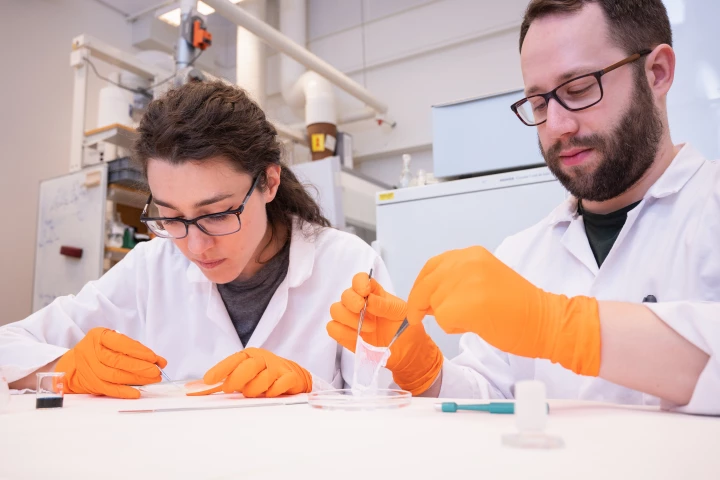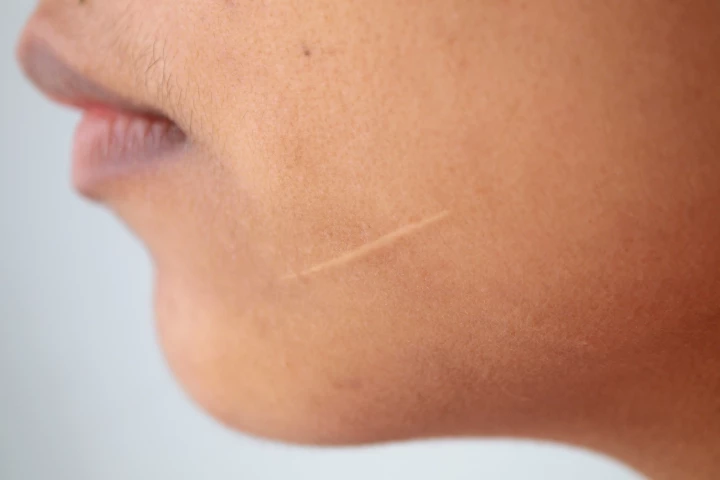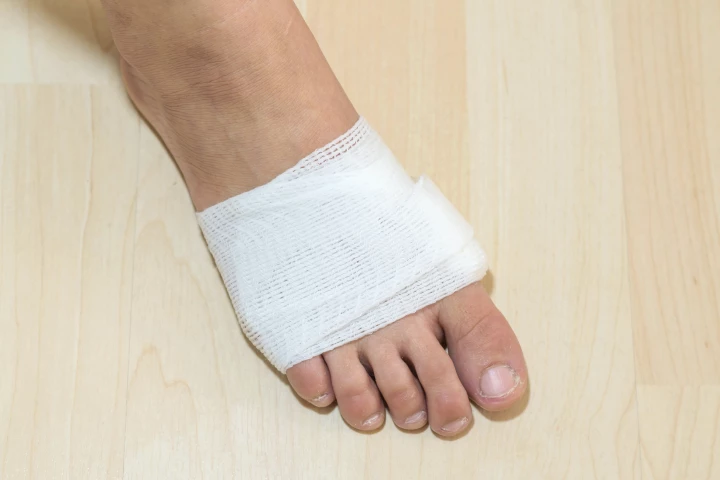Healing
-
It's ironic that in order to see how a wound is healing, the dressing has to be removed, potentially setting back the healing process. A clever new bandage, however, continuously shows how the wound is faring – without needing a power source.
-
Most wound dressings simply cover the injury and perhaps also kill harmful bacteria. The PAINT system goes much further, as it incorporates a pen that could one day allow doctors to paint a gelatinous healing ink right into wounds.
-
Scottish woman Jo Cameron is a medical marvel who feels little pain, fear or anxiety, and had faster wound healing, thanks to a specific gene mutation. Now, scientists have studied why in more detail, in the hopes of unlocking future drug targets.
-
Researchers have confirmed what Indigenous Australians already knew: native plants have great healing properties. Two plants have been found to heal wounds quickly and efficiently, paving the way for the use of more plant-based therapeutic treatments.
-
For some time now, it has been known that wounds with a zig-zag pattern heal faster than those which form a straight line. Scientists have now determined why this is so, and their findings could change the ways in which surgical incisions are made.
-
In diabetics, wounds tend to progress quickly and heal slowly. Researchers have used electricity to heal diabetic wounds three times faster, which offers great potential for treating those with diseases that lead to reduced wound healing.
-
MIT scientists have developed a synthetic system that can stem internal bleeding, to help save lives after a traumatic injury. Two components come together at a wound to form a clot, without doing so elsewhere in the body where it might be dangerous.
-
It's ironic that in order to check if a wound is becoming infected, doctors may end up setting back the healing process by removing the dressing. An experimental new dressing is designed to help, as it changes color if an infection is occurring.
-
If left untreated, chronic wounds such as diabetic skin ulcers can become infected, ultimately leading to amputations or even death. A new "smart" bandage is designed to help keep that from happening, by both watching and treating such injuries.
-
Unlike normal skin, scar tissue doesn't contain any hair follicles. New research now indicates that when such follicles are transplanted into scar tissue, that tissue changes to become much more like uninjured skin.
-
A Phase 3 trial testing the world's first topical gene therapy has reported extraordinary results in children suffering from a rare blistering skin disease. The gene therapy gel was seen to completely heal wounds that had been open for years.
-
Chronic diabetic skin wounds are notoriously slow to heal, sometimes becoming so infected that amputations are required. A newly identified polymer could help keep that from happening, by radically boosting the healing process.
Load More











